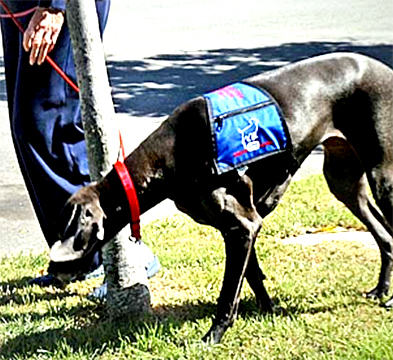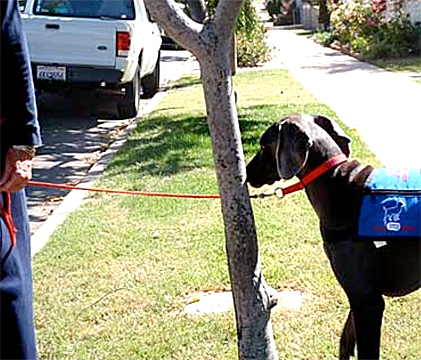Course Details
If Level 1 was kindergarten, Level 2 is all of elementary school, and in Level 3 we're getting into high school - making the standard behaviors not only reliable but useful in competitions and in daily life.
You'll both be introduced to many new behaviours, with all training resting firmly on the skills from Level 2.
The "4 Ds" - distance, duration, difficulty, and distraction - will now make up a large part of your training. You can make any behaviour stronger by working on any or all of those 4 parts, and thinking about them as separate parts of every behaviour will help you remember the need to split everything you teach her into the smallest possible lessons.
Every behaviour the dog learns teaches her the actual behaviour, but there are also incidental lessons built into each Step. You AND the dog will learn to trust each other, to have faith in the performance of your partner, and to see that you can accomplish anything if you approach it in small enough steps and don't lose your cool.
In Level 3 you'll also start to see the enormous potential each behaviour has to support what the dog knows about other behaviours.
Sit and down may be different, but they each teach the dog to assume a position. Sit, Down, Zen, Focus, Lazy Leash, Go To Mat, Crate, Relax, and Handling are all behaviours that require duration - the dog must not only perform but CONTINUE to perform for a period of time.
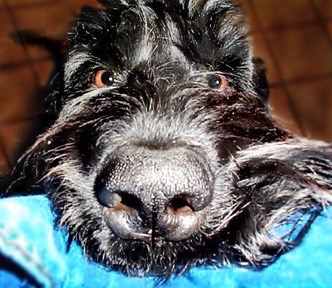
Song diligently working on her eye contact duration. It's a heavy head, though, so she always appreciated a pillow to rest it on.
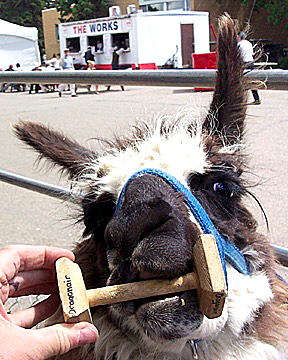
Madrid having some difficulty with his prehensile lips on the dumbbell.
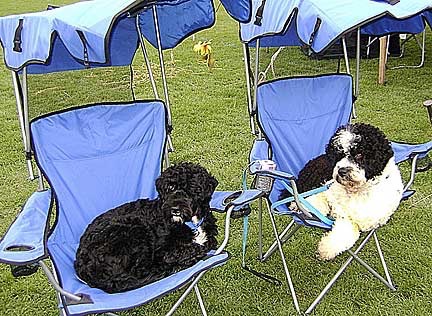
Stitch and Fish practising Go To Mat at an agility trial. We eventually embroidered their names on their chairs so humans wouldn't sit in them.
Come, Sit, Down, Lazy Leash, Go to Mat, Distance and Jump require distance - she'll have to respond when she's a specified distance away from you, or go a specified distance to perform.
Communication encompasses several behaviours, starting with keeping the leash untangled. All the behaviours will get tougher and more useful as you work through the Steps.
Note: This is class three in a four part series. Parts one and two are taught on the regular FDSA schedule with instructor Heather Lawson stepping in for Sue Ailsby (now retired). Students are welcome to continue working these materials with feedback from Heather using the FDSA one-to-one online private lessons. Interested students should email Heather at dogwise@telus.net for more information.
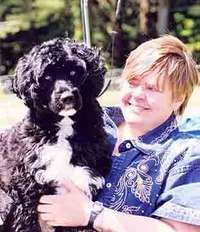 Instructor: Sue Ailsby
Instructor: Sue AilsbySusan Finlay Ailsby (she/her) has retired from active teaching for FDSA. She is a retired obedience and conformation judge. She has been "in dogs" for 54 years, having owned and trained Chihuahuas, miniature pinschers, miniature longhaired dachshunds, Australian cattle dogs, miniature schnauzers, giant schnauzers, and Portuguese...(Click here for full bio and to view Sue's self-study courses)

